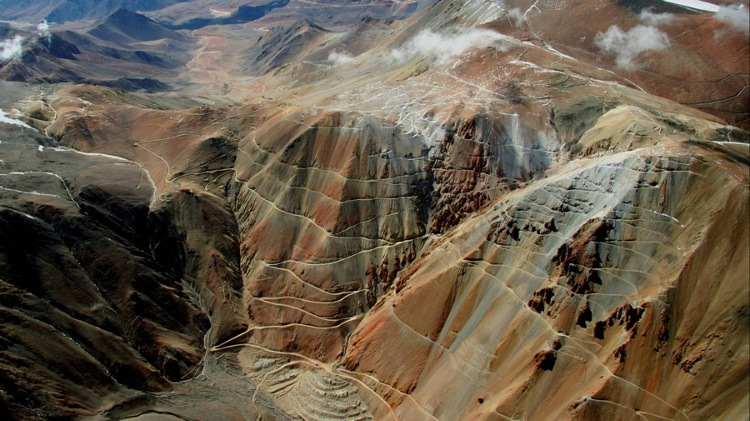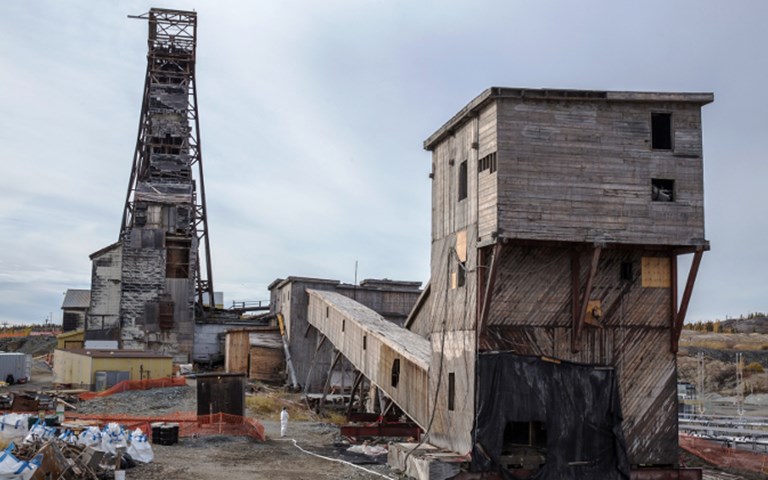The Giant mine's C-Shaft complex before deconstruction work began in Sept. 2015. The abandoned gold mine contains 237,000 tonnes of arsenic trioxide waste. Courtesy of Indigenous and Northern Affairs Canada
The federal government has named California-based remediation firm Parsons the construction manager of the Giant mine remediation project, following a bidding process that began last February.
Beginning immediately, Parsons will provide up to $32 million in care and maintenance on the site for two years. In the second “term” of the remediation project the company will oversee the remediation plan’s implementation, at a cost that has not yet been determined. Ottawa has previously estimated it could cost up to $1 billion to remediate the site.
A government press release said the remediation project will “provide valuable economic and employment opportunities for Indigenous peoples and Northerners,” but did not specify what that value would be, or if there would be targets in place for Indigenous employment.
Parsons was also the contractor for the removal of Giant’s arsenic-contaminated roaster complex, which was completed in 2014 and cost $27 million.
The abandoned Giant gold mine, which is located within Yellowknife’s city limits, operated between 1948 and 1999. Ownership of the mine – and responsibility for its cleanup – was transferred to Indigenous and Northern Affairs Canada (INAC) that year when its former owner, Royal Oak Mines, entered receivership. Currently the remediation plan is managed by staff from INAC, Public Works and Government Services Canada and the Northwest Territories government.
Related: Government remediation plan slow to come for abandoned Faro mine
Tender documents seen by the CBC said that Parsons will become the mine manager going forward, assuming “full care and control of the site.”
According to INAC the site contains 237,000 tonnes of arsenic trioxide waste, located in 14 of 15 underground chambers and stopes. The remediation plan will involve containing that waste in frozen blocks by circulating cooled liquid through underground pipes to freeze the areas around and within those chambers, and keeping the ground frozen with metal devices called thermosyphons that take heat out of the ground and release it into the air.
During the remediation nearly 100 buildings will be taken down, four tailings ponds will be covered, and eight open pits will be fenced off. Contaminated soil on the site will also need to be cleaned.
Water that has come into contact with the underground workings is currently being collected and treated. Baker Creek, which passes through the mine site, “will require some remediation to help restore it to a condition that is as ecologically sound as possible,” according to INAC’s website.



